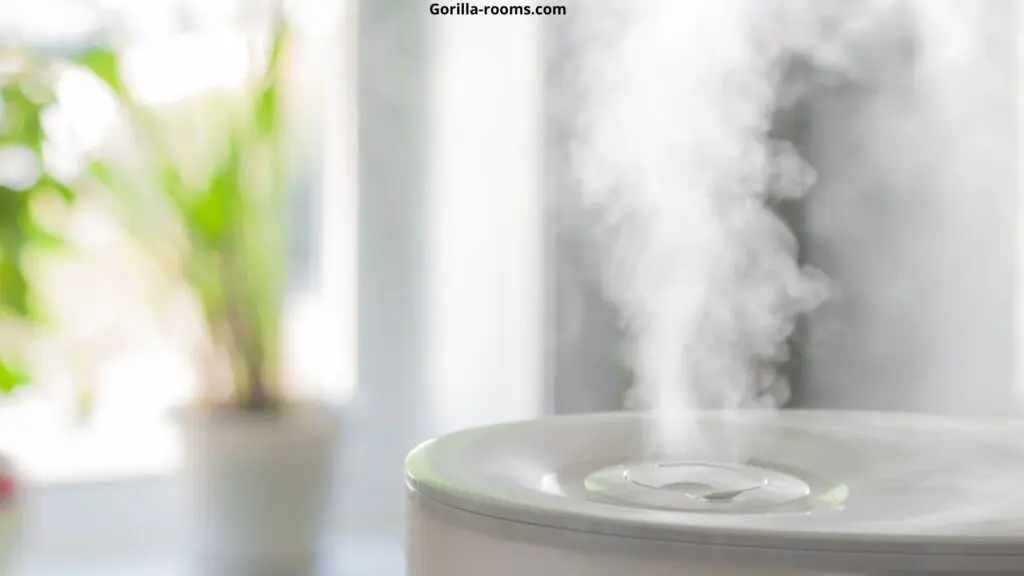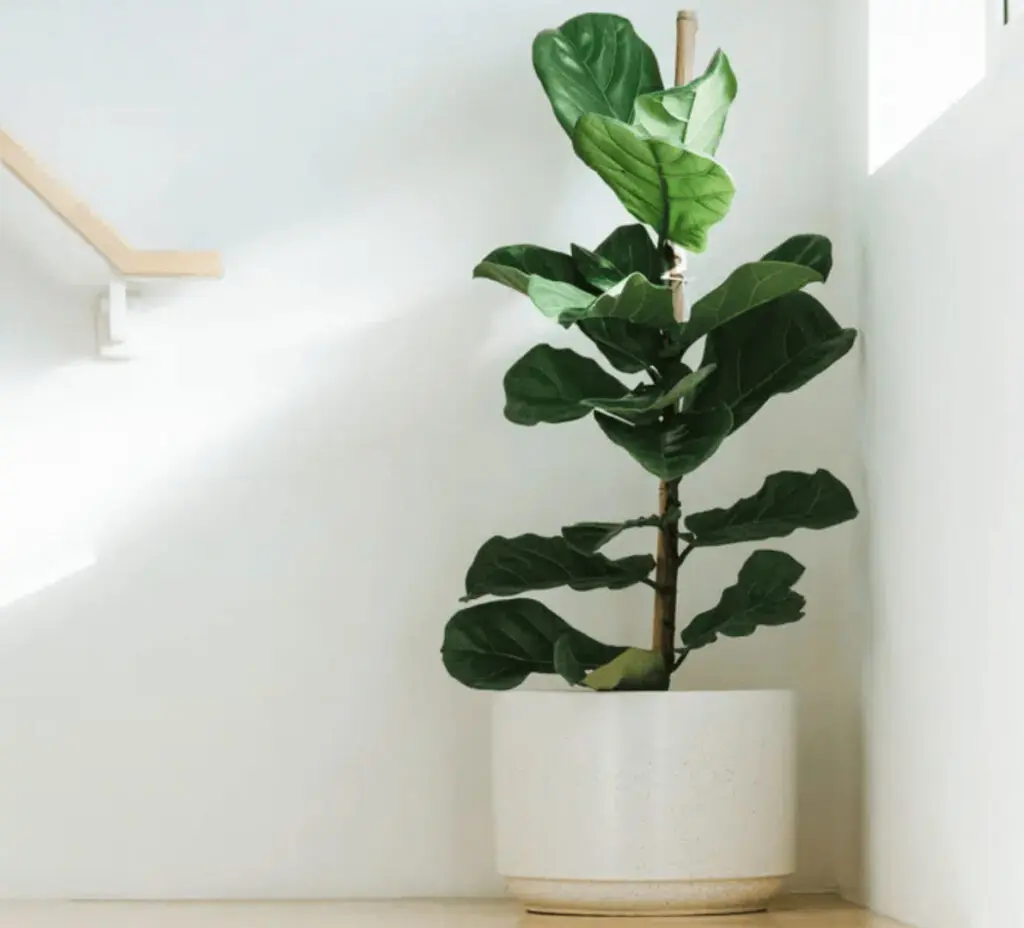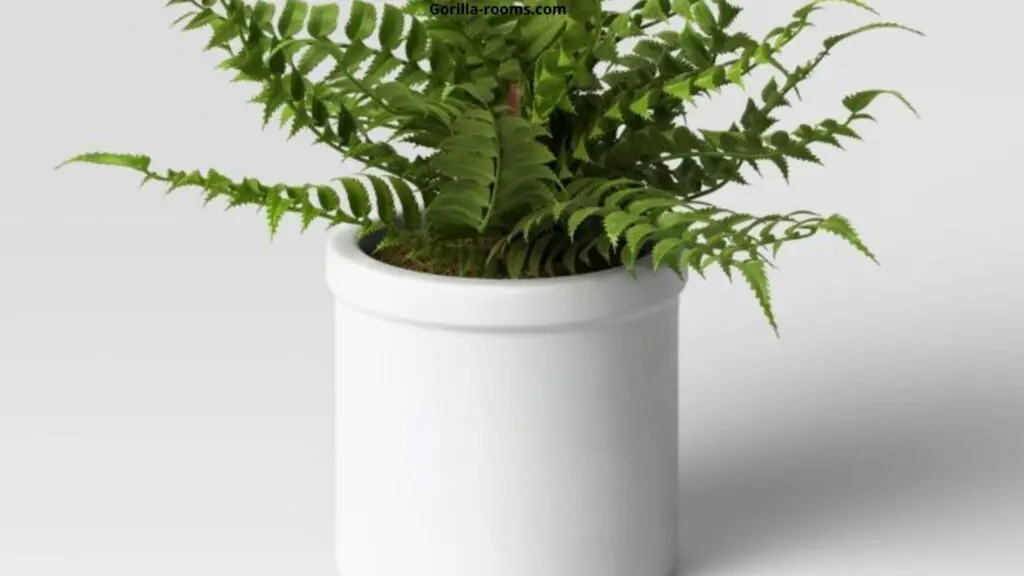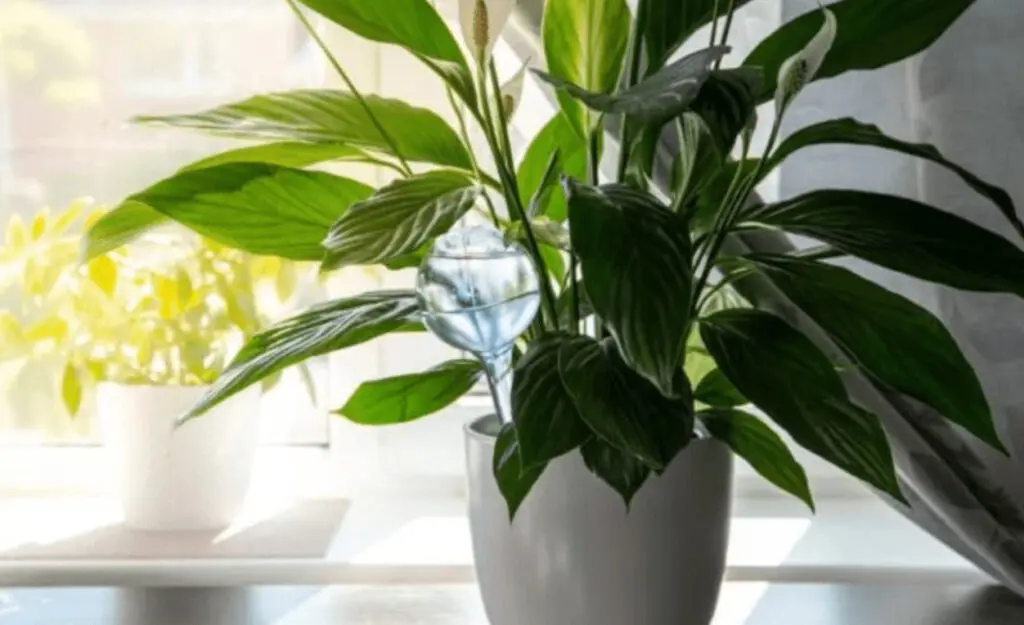Suppose you live in an area that is dry and has high humidity. Of course, you will need a humidifier to help your plants survive in such harsh areas. But it depends on the type of plants. You can also apply natural methods that will help you reach an average humidity level.
There are many ways plants can absorb moisture from either roots or air. In addition, plants exist of different types that absorb moisture from the air. Orchids and monstera plants are among the most common examples of epiphytic plants that absorb moisture from the air.
Do Indoor Plants Need A Humidifier
Plants are similar to humans in that they have distinct personalities and temperaments, may become ill, and can even respond to noises and touch.
However, humidity is so vital to your indoor plants that they sweat off almost 97 percent of the water they consume via transpiration to maintain a more humid environment.
The humidifier should be kept in the same room as your plants. If your humidifier has a limited range, you need to bring it closer to your indoor plants, but not too close. Otherwise, the leaves will become overly wet. On the other hand, giving your plant a highly moist environment and a drought-tolerant plant may struggle and perish.
When To Turn on The Humidifier For Indoor Plants
The best time to turn on a humidifier for your plants is between sunrise and midday.
Suppose you live in a very dry area. The humidity is still a touch low after monitoring it with a humidity sensor. In that case, you can leave the humidifier running a little later into the afternoon. You can turn it on with breakfast and off till you believe it’s enough for your indoor plants.
Running it too late in the evening risks leaving too much moisture from the air overnight because the plant doesn’t absorb it, increasing the danger of mold or fungus.
Furthermore, suppose you live in a low-humidity climate. In that case, in the winter, when the air is very dry and cold. Compared to the summer, when the air is humid, you need to use a humidifier for your indoor plants.
Remember that the humidifier should not be placed on a soft surface, such as a carpet. A carpet or rug would obstruct the air intakes on the bottom of several of these devices.
You can also increase temperature and humidity by grouping your plants. Most of them produce small amounts of humidity, which helps capture it and keep it close to the plants.
A humidifying tray below them will increase the humidity and save electricity as it is an efficient method.
Another way to provide humidity to your plants is to spray water on them regularly, like after one to two days.
Do Indoor Plants Need a Humidifier In Winter?
Low humidity levels can be the most challenging challenge for houseplants to overcome during the winter. During the winter, the humidity level in homes with high heat may drop to 15-25 percent, whereas plants at least need a humidity level closer to 40-50 percent.
Another viable strategy is to place your plants on or near a water tray.
However, do not immerse the plants in water. Instead, place pebbles or stones in the tray to raise the bottoms of the pots above the level of the water in the tray, then place the pots on top of the stones. This will raise the humidity level without causing root rot.
It’s challenging to over-mist an indoor plant. Misting plants during humid summers might cause fungal problems, which should be avoided.
Common Indoor Plants That Require a Humidifier

Many indoor plants need a humidifier, no matter if you live in an area with a regular humidifier. These plants need a humidifier to survive, and keeping them alive requires some attention compared to other plants.
1- Fiddle Leaf Fig

Another indoor plant that grows in high humidity is the fiddle leaf fig. If you live in a dry region and wish to cultivate this fig, you’ll have no choice but to get a humidifier.
Taking care of a fiddle leaf fig plant is challenging because the soil around the plant must be kept moist. It also requires a huge amount of light, which means you might have difficulty keeping it alive over the winter. However, this will provide the plant with the additional humidity it demands.
Because the plant enjoys evenly moist and humid settings, you’ll need to increase the humidity in your home.
2- Boston Fern

The Boston fern plant is one of the best choices for indoor plants. Aside from its high humidity needs, the Boston Fern can grow in almost any lighting environment. It is best to water your Boston fern 2-3 times a week to keep the soil moist, especially if the weather is hot.
If you don’t have a humidifier, sprinkle the plant with a spray bottle in the morning to keep it wet. Almost all ferns thrive in wet, humid settings. Because of its ease of care, the Boston Fern, also known as the Sword Fern, is one of the most popular houseplants.
Another easy technique to increase humidity around Boston ferns is to mist them.
However, many people who keep indoor plants believe that spraying Boston ferns is a waste of time. Instead, it is best to invest in a good humidifier so that Boston fern can absorb moisture directly from the air.
3- Peace Lily

The peace lily is another lovely indoor plant that grows in warm, humid settings. The plant can live for years with proper care, decorating your home and cleansing the air inside.
The peace lily plant’s leaves are extremely resistant to high humidity. However, watering will not be enough to meet the plant’s humidity requirements. Other options include using a humidifier, a pebble tray, or putting plants together in such cases.
This adaptable tropical indoor plant can survive low light and only requires one watering per week, making it so popular with farmers. Place it near a window, but not in full sunlight, to help it blossom.
Your peace lily may perish and burn its leaves if you overexpose it. As a result, it is important to balance light, water, and humidity. We can say that keeping a peaceful lily indoor plant requires a lot of attention.
Natural/DIY Ways to Increase Humidity In The House For Your Indoor Plants
Using a humidifier is not the only way to help your indoor plants survive in low humidity areas. Here are some ways by which you can increase your humidity levels naturally inside your home:
1- Use Pebbles in a Tray
Pebbles keep your plant from sitting in water, enhancing humidity as the water evaporates. Be careful to replace the water in the pebble tray as it evaporates.
2- Grouping your plants together
In an otherwise arid environment, a pebble tray is a straightforward approach to improving local humidity for one or a few plants. You’ll need a drip tray that’s at least twice the size of the plant pot’s base, if not more.
The water will slowly evaporate quickly around your plant, raising local humidity while having little effect on the remainder of your home’s humidity level.
The method’s main disadvantage is that a pool of standing water will always surround your indoor plant. This can make your plants more open to fungal or bacterial disease and draw pests.
3- Try using terrarium
Terrariums are a lot of fun to make and decorate. Hence, it’s no surprise they’ve grown increasingly popular in recent years.
They can be open or closed and provide moderate to high humidity levels. However, closed terrariums have extremely high humidity levels, so not all houseplants will grow.
On the other hand, Open terrariums have a big opening that allows air from outside the terrarium to move inside the terrarium freely.


